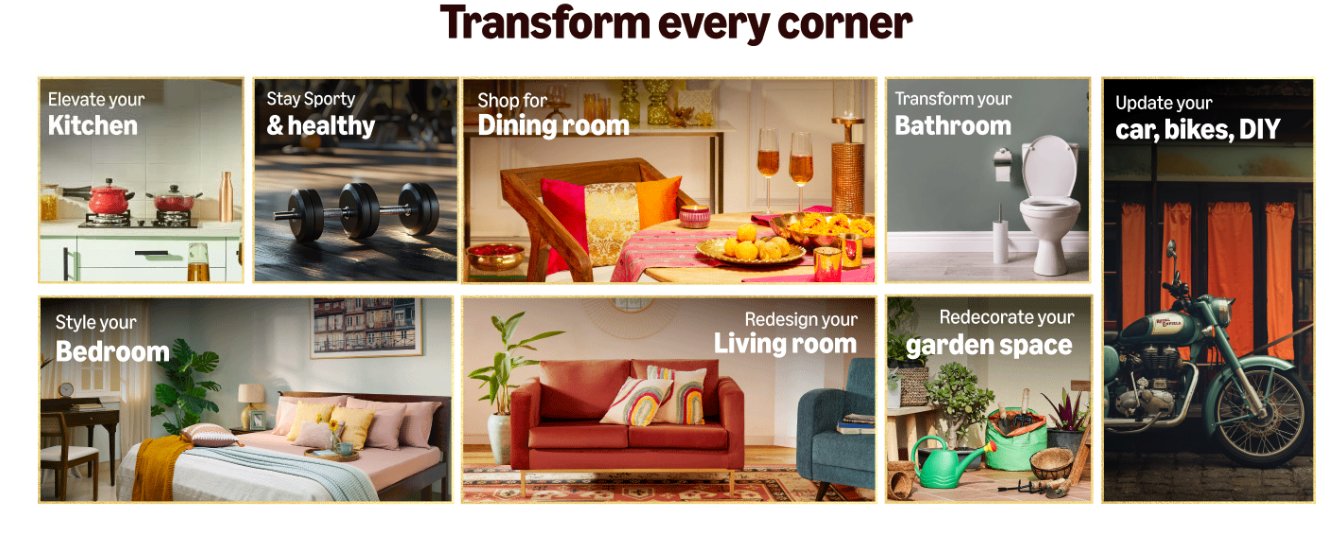In the intricate dance between consumers and retailers, there lies a fascinating interplay of strategies that goes beyond product quality and pricing. Retailers, armed with insights into consumer psychology, employ a myriad of techniques to influence behavior and shape purchasing decisions. In this blog, we delve into the art of persuasion and explore how retailers leave an indelible mark on consumer behavior.
- Store Layout and Design:
- The physical layout of a store is a carefully crafted canvas that guides shoppers through a curated experience. Strategic placement of high-demand products, enticing displays, and navigational cues subtly influence the path consumers take, maximizing exposure to desirable items.

- Visual Merchandising:
- The power of visual appeal cannot be overstated. Retailers leverage attractive displays, eye-catching signage, and aesthetically pleasing arrangements to capture attention and create a positive emotional response, fostering a connection between consumers and products.
- Pricing Strategies:
- The psychology of pricing is a delicate science. From charm pricing (setting prices just below a round number) to bundle pricing and discounts, retailers employ various tactics to create a perception of value and entice consumers to make purchasing decisions.

- Limited-Time Offers and Scarcity:
- The fear of missing out is a potent motivator. Retailers often create a sense of urgency through limited-time offers, exclusive deals, and product scarcity. This prompts consumers to act swiftly, driven by the desire to secure a unique or time-sensitive opportunity.
- Loyalty Programs and Rewards:
- Building a loyal customer base is a priority for retailers, and loyalty programs are a powerful tool. By offering rewards, discounts, or exclusive access, retailers encourage repeat business and foster a sense of connection between consumers and the brand.
- Personalized Marketing:
- The era of big data allows retailers to tailor marketing messages to individual preferences. Personalized recommendations, targeted advertisements, and customized promotions create a more intimate shopping experience, resonating with consumers on a personal level.
- Social Proof and Reviews:
- In the age of online shopping, consumer reviews and social proof play a crucial role. Positive reviews, testimonials, and user-generated content serve as powerful influencers, shaping the perceptions of potential buyers and instilling confidence in their decisions.

- In-Store Music and Ambiance:
- The ambiance within a retail space contributes significantly to the overall experience. Thoughtfully chosen music, lighting, and scents can evoke specific emotions, creating an atmosphere that aligns with the brand image and influences consumer behavior.
- Cross-Selling and Upselling:
- Skillful retailers capitalize on cross-selling and upselling opportunities. Through suggestive selling techniques and strategic product placements, they encourage consumers to explore complementary items or consider premium alternatives, increasing the overall transaction value.
- Interactive and Immersive Experiences:
- Retailers are increasingly investing in immersive experiences, both in-store and online. Virtual try-ons, augmented reality displays, and interactive elements engage consumers on a deeper level, making the shopping journey memorable and enjoyable.
The relationship between retailers and consumers is a dynamic interplay of psychology, strategy, and experience. As consumers, understanding these subtle influences empowers us to make more informed decisions. For retailers, it underscores the responsibility to employ ethical practices that prioritize transparency and enhance the overall shopping experience. The art of persuasion in retail is a captivating dance—one that shapes the way we shop and, in turn, defines the landscape of consumer behavior.
“Smart Shopping: Essential Tips for Savvy Consumers”
- Set a Budget:
- Establish a clear budget before you start shopping to control your spending and prioritize essential purchases.
- Compare Prices:
- Take the time to compare prices across different retailers or platforms to ensure you’re getting the best value for your money.
- Prioritize Needs Over Wants:
- Distinguish between essential needs and optional wants. Focus on fulfilling your needs first, and consider wants only if they align with your budget.
Disclaimer: The provided tips are general advice and may not be suitable for everyone’s individual circumstances. It’s essential to consider your own financial situation and preferences before implementing any of the suggestions. These tips are not a substitute for professional financial or shopping advice. The user is encouraged to exercise discretion and make informed decisions based on their specific needs and context.
- “Turn Heads at Every Festival: MARS 12-Shade Brown Lipstick Set Review & Why It’s Your Go-To”
- Stop Losing Your Jewelry: Why the ABTER 3-Layer Acrylic Organizer Will Change Your Life
- Where to Buy Motors & Pumps in Coimbatore? Your Trusted Manufacturer: VJ Pumps
- Where to Buy Packaging Materials in Coimbatore? Your Trusted Supplier – Shri Packs
- Where to Buy Wooden Racks in Coimbatore? Your One-Stop Solution: Kovai Woods
- Where to Buy Disposable Paper Products in Coimbatore? Shree Anugraha Paper Links – Your Trusted Manufacturer
- 5 Best Car Brands for Safety Features in India — a detailed guide
- Upgrade Your Sleep: Best Amazon Mattresses, Pillows & Sheet Sets (Expert Picks + New Releases)
- Top 5 Budget-Friendly Washing Machines in India 2025
- 💎 Latest Trends in Women’s Jewelry for 2025 – Must-Have Styles for Every Fashion Lover
- 💫 How to Style Earrings for Different Face Shapes: The Ultimate 2025 Guide
- 🛍️ Dennis Hyper Market – Your Complete Shopping Destination on Trichy Road, Coimbatore
















